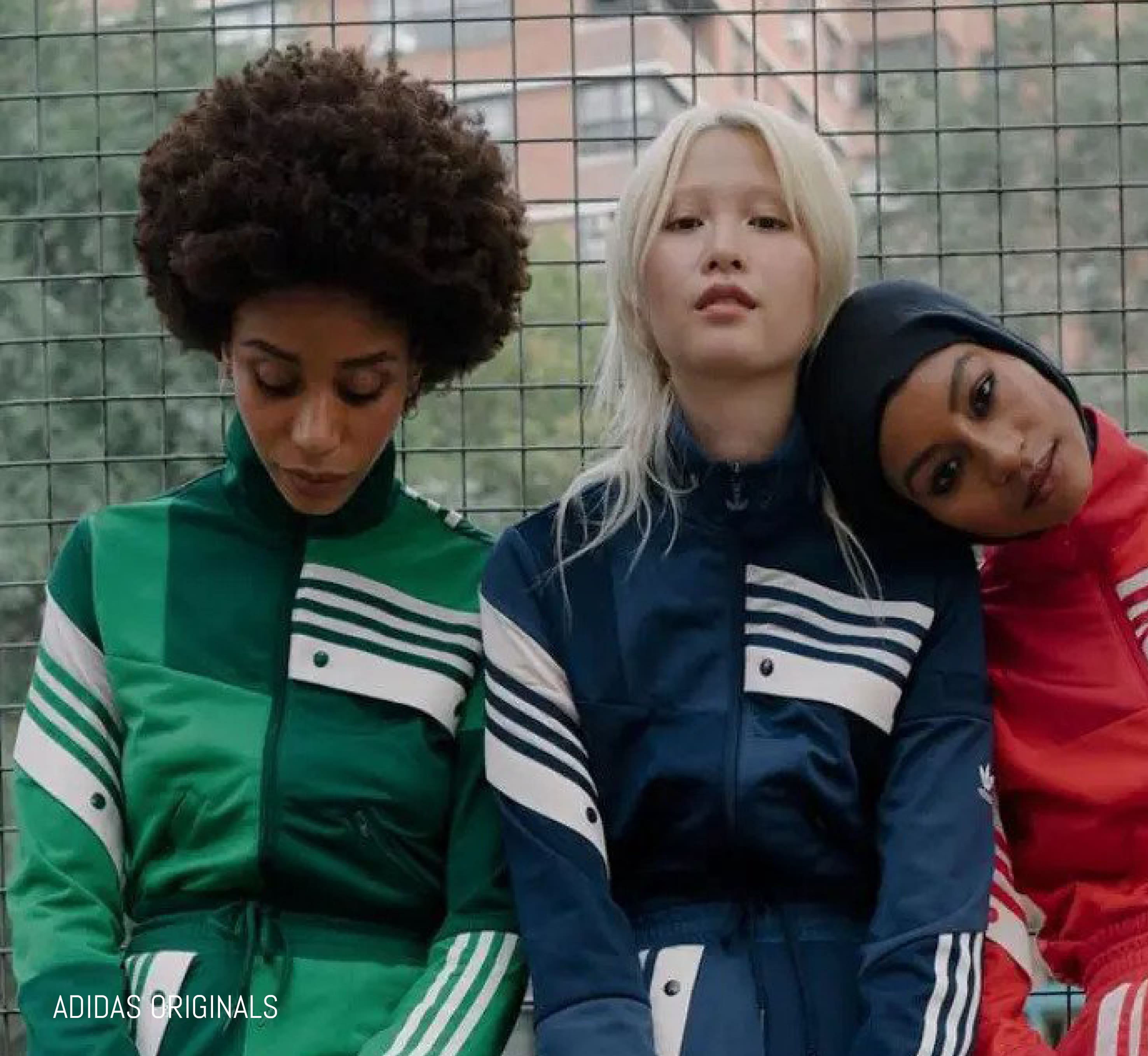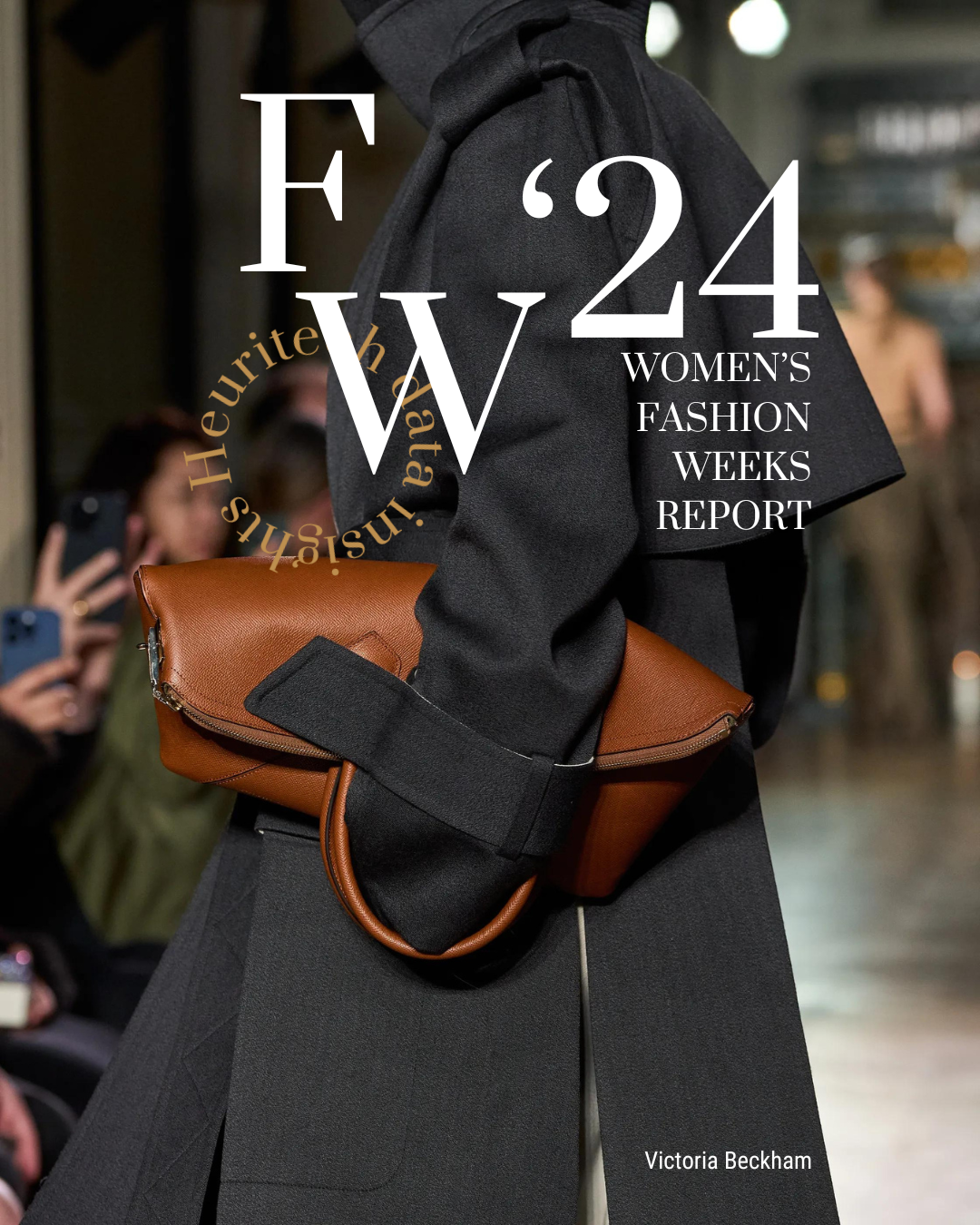With the spread of the athleisure trend throughout the fashion industry, sportswear has made a breakthrough in everyone’s closet.
The young generation, especially those born after 1995, have succumbed to oversized sweatshirts, slouchy zip-up hoodies and tracksuits. These new must-haves, paired with sneakers, seduce Gen Zers with their bold design, comfort and most of all, their gender-fluid message. As engaged as open-minded, these kids challenge the silhouette status quo and speak in favor of equality activism rather than standardization.
Brands should consider this new paradigm pushed by Zers and launch real gender-neutral items beyond the simple feminization of masculine apparel.
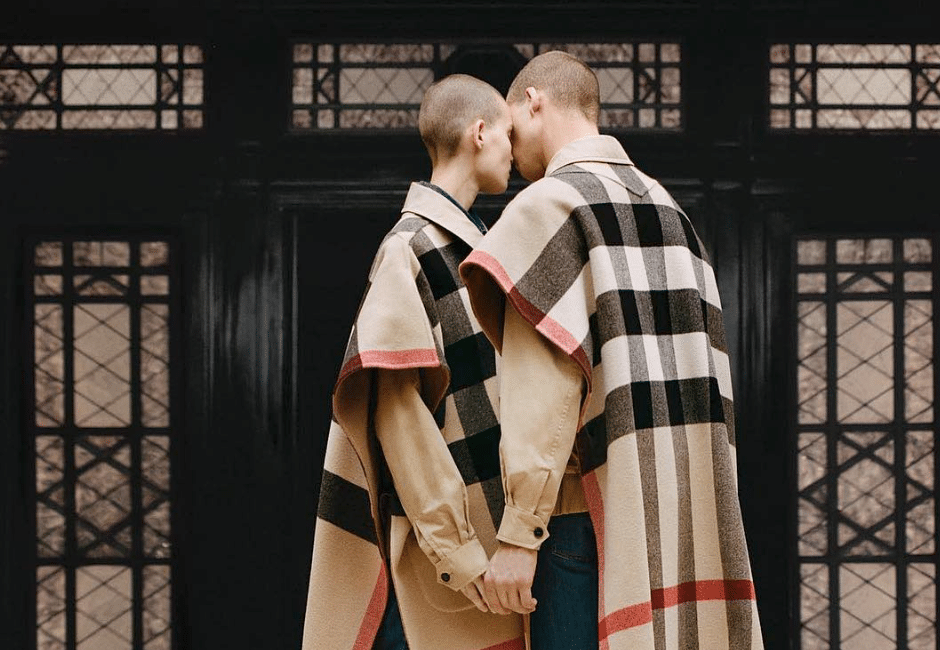
No Gender: The body positivism of Gen Z
Gen Z wants to develop a more liberated self-identity than ever.
According to the 2014 Cassandra report, Zers “refuse a society which dictates what men and women should do or purchase.”
Indeed, 4 young women out of 10 prefer to buy clothes and accessories intended for the opposite sex, stated the Cassandra report. As such, reluctance towards gender marketing is high among this 13–24 year old demographic.
The genderfluid movement could be defined as pacific activism against binary codes and stereotypes socially linked to gender.
According to a 2016 J-Walter Thompson survey, 56% of American Gen Zers know someone who uses gender-neutral pronouns like “they”, “them” or “ze”.
However, gender fluidity is not related to a particular sexual preference. Even though 48% identify as heterosexual, contrary to 65% of millennials, their sexual identity tends to lean towards other gender non conforming individuals.
Fashion designers have captured this generation well by featuring androgynous, transgender and queer models both on the catwalk and through celebrity endorsements.
Adwoa Aboah’s popularity, as the new face of beauty and streetwear for Burberry, is a testament to this growing movement. In its FW18 campaign, Louis Vuitton featured model Teddy Quinlivan, who publicly disclosed her transgender identity earlier this year.
The movement has also expanded to pop culture, with the French lead singer of Christine and the Queens deciding to go by the ambiguous nickname, Chris, for her second album.
Earlier, she declared to Time Magazine: “I was never sure how to be a man or a woman; even wearing dresses felt parodic.”
Chris stated “because I felt that being a woman was an obstacle, I wanted to become gender-neutral. It became my way of tricking the system.”
As revealed by the Fashion Spot, FW18 fashion runways showed a boost in non-binary and transgender castings, with a record 64 models falling into this category, marking the most genderfluid fashion month to date.

The tracksuit silhouette and blurred binary lines
Like millennials, Generation Z has developed a major interest in sportswear through Instagram.
Piper Jaffray’s latest study gave much prominence to iconic sportswear brands: it crowned Nike as the Zers favorite brand, while Adidas ranks 3rd and Supreme climbed to the 7th position.
While millennials are craving sneakers, Zers prefer tracksuits and sweatpants as a more comfy alternative.
Contrasting leg stripes stand out on Instagram like the 3-striped Adidas Adicolor, the Kappa Anac pants with the legendary banda or the Vans black & white checkered track pants.
For Gen Z, sportswear gear is the ideal way to embrace more fluid behavior. The press sees sweatpants as the new jeans and many influencers and celebrities are wearing it.
For Marc Beaugé, journalist and editor-in-chief at L’Etiquette Magazine, “in a certain way, this is the finest outfit for the Netflix and Deliveroo generation, which doesn’t go out, is ordering its meals at home and buys every cultural good on the internet.”
Alongside traditional street culture players, new brands are reworking sporty design on social media, like the recent Adidas x Danielle Cathari capsule collection featuring deconstructed tracksuits, Dutch brand Reinders, LA-based Pleasures and French brand Sweetpants.
The 90’s revival aesthetic embraced by brands explains the commercial success of Champion or Tommy Hilfiger among this demographic, stated Erinn Murphy, a Piper Jaffray senior research analyst.
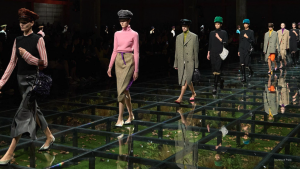
From unisex to gender-fluid: The future of fashion
While girls used to have to borrow male wares (think about mannish jeans or the boyish trend), gender-fluid is now prevalent in high street fashion in the form of the functional unisex sneaker.
But those who refuse to place themselves in a specific gender category remain discriminated against due to the lack of variety and inclusiveness in the fashion offering.
Several Digitally Native Vertical Brands have decided to blur the male-female dichotomy, encouraged by the platform that social media-tization has given them to express and defend their own vision of the world. South Korea seems to be ahead of the genderfluid offering with brands like Blindness Studio and Agender.
The main challenge for protagonists of gender-fluid distribution remains transforming a shopping experience, perceived as stressful for non-conforming individuals, into an enjoyable and safe moment.
Selfridges London was the first to open an “agender” area featuring curated asexual outfits from 40 brands after having noticed several clients shopping on floors for the opposite sex.
This section was described by the department store as a “fashion exploration of the masculine, the feminine and the interplay — or the blur — found in between.”
However, unisex clothes are too often merely a feminization of masculine pieces like tees, shorts or sweatshirts. Abercrombie tried to make a dedicated genderfluid collection for kids but was criticized as being “lazy” because it didn’t really question the wardrobes of little boys and girls.
Phluid Project, the first NYC-based fashion boutique dedicated to the “third gender”, applied a genuine fluid strategy, from product conception to retail merchandising.
Here, the retail space is divided by family items and brands instead of binary propositions, while item labels feature numbers from 0 to 4, instead of conventional sizing, to avoid the negative connotations associated with different body shapes.
A new chapter is being written when it comes to gender-fluidity with the launch by UK marketplace, ASOS, of an inclusive-led collection entitled “collusion.”
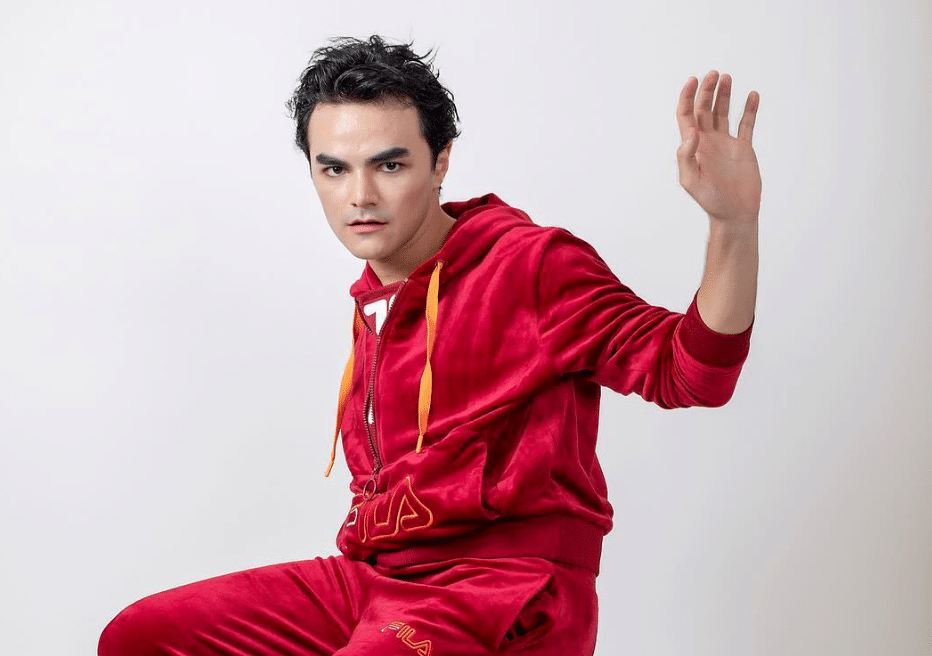
Looking to understand Gen Zers expectations?
Heuritech is here to help. Our solution helps brands be ahead of expectations to create products your consumers really want.
